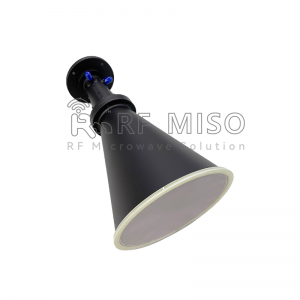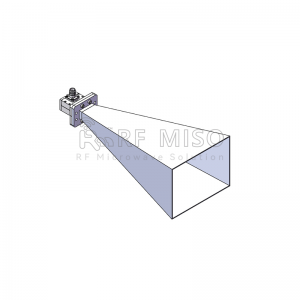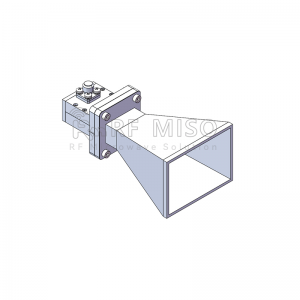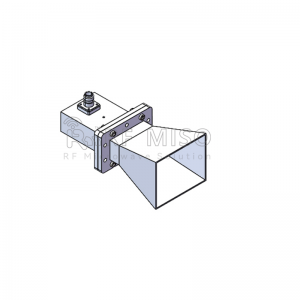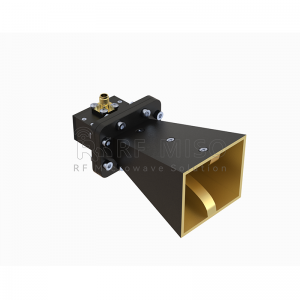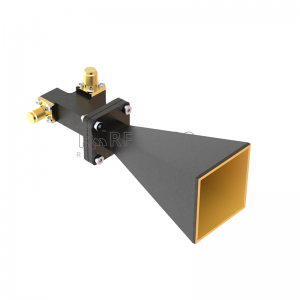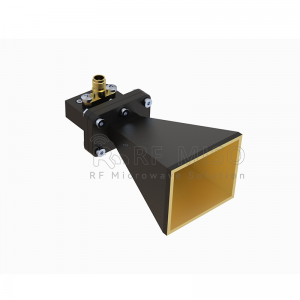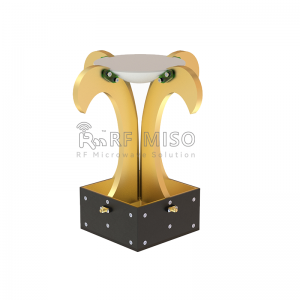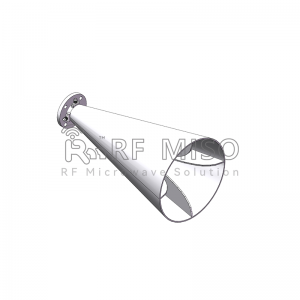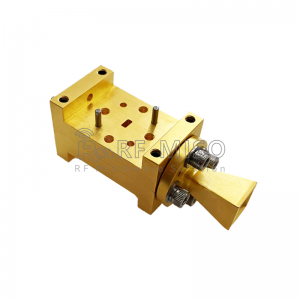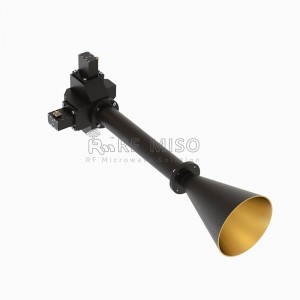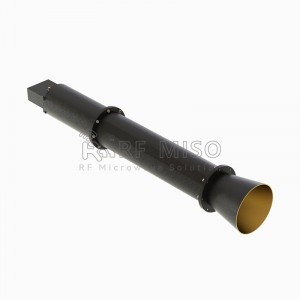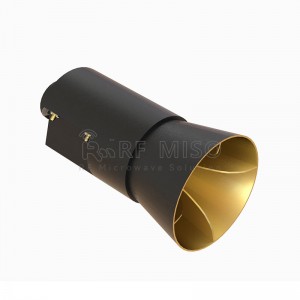The history of horn antennas dates back to 1897, when radio researcher Jagadish Chandra Bose conducted pioneering experimental designs using microwaves. Later, GC Southworth and Wilmer Barrow invented the structure of the modern horn antenna in 1938 respectively. Since then, horn antenna designs have been continuously studied to explain their radiation patterns and applications in a variety of fields. These antennas are very famous in the field of waveguide transmission and microwaves, hence they are often called microwave antennas. Therefore, this article will explore how horn antennas work and their applications in various fields.
What is a horn antenna?
A horn antenna is an aperture antenna designed specifically for microwave frequencies that has a widened or horn-shaped end. This structure gives the antenna greater directivity, allowing the emitted signal to be easily transmitted over long distances. Horn antennas mainly operate at microwave frequencies, so their frequency range is usually UHF or EHF.
RFMISO horn antenna RM-CDPHA618-20 (6-18GHz)
These antennas are used as feed horns for large antennas such as parabolic and directional antennas. Their advantages include simplicity of design and adjustment, low standing wave ratio, moderate directivity, and wide bandwidth.
Horn antenna design and operation
Horn antenna designs can be implemented using horn-shaped waveguides for transmitting and receiving radio frequency microwave signals. Typically, they are used in conjunction with waveguide feeds and direct radio waves to create narrow beams. The flared section can come in a variety of shapes, such as square, conical, or rectangular. To ensure proper operation, the size of the antenna should be as small as possible. If the wavelength is very large or the horn size is small, the antenna will not work properly.
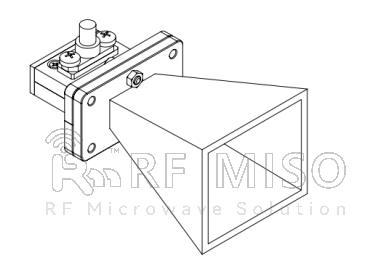
Horn antenna outline drawing
In a horn antenna, part of the incident energy is radiated out of the entrance of the waveguide, while the rest of the energy is reflected back from the same entrance because the entrance is open, resulting in a poor impedance match between the space and the waveguide. Additionally, at the edges of the waveguide, diffraction affects the radiative capability of the waveguide.
In order to overcome the shortcomings of the waveguide, the end opening is designed in the form of an electromagnetic horn. This allows for a smooth transition between space and waveguide, providing better directivity for radio waves.
By changing the waveguide like a horn structure, the discontinuity and 377 ohm impedance between the space and the waveguide is eliminated. This enhances the directivity and gain of the transmit antenna by reducing diffraction at the edges to provide incident energy emitted in the forward direction.
Here's how a horn antenna works: Once one end of the waveguide is excited, a magnetic field is produced. In the case of waveguide propagation, the propagating field can be controlled through the waveguide walls so that the field does not propagate in a spherical manner but in a manner similar to free space propagation. Once the passing field reaches the waveguide end, it propagates in the same way as in free space, so a spherical wavefront is obtained at the waveguide end.
Common types of horn antennas
Standard Gain Horn Antenna is a type of antenna widely used in communication systems with fixed gain and beamwidth. This kind of antenna is suitable for many applications and can provide stable and reliable signal coverage, as well as high power transmission efficiency and good anti-interference ability. Standard gain horn antennas are usually widely used in mobile communications, fixed communications, satellite communications and other fields.
RFMISO standard gain horn antenna product recommendations:
Broadband Horn Antenna is an antenna used to receive and transmit wireless signals. It has wide-band characteristics, can cover signals in multiple frequency bands at the same time, and can maintain good performance in different frequency bands. It is commonly used in wireless communication systems, radar systems, and other applications requiring wide-band coverage. Its design structure is similar to the shape of a bell mouth, which can effectively receive and transmit signals, and has strong anti-interference ability and long transmission distance.
RFMISO wideband horn antenna product recommendations:
Dual Polarized Horn Antenna is an antenna specially designed to transmit and receive electromagnetic waves in two orthogonal directions. It usually consists of two vertically placed corrugated horn antennas, which can simultaneously transmit and receive polarized signals in the horizontal and vertical directions. It is often used in radar, satellite communications and mobile communication systems to improve the efficiency and reliability of data transmission. This kind of antenna has simple design and stable performance, and is widely used in modern communication technology.
RFMISO dual polarization horn antenna product recommendation:
Circular Polarization Horn Antenna is a specially designed antenna that can receive and transmit electromagnetic waves in vertical and horizontal directions at the same time. It usually consists of a circular waveguide and a specially shaped bell mouth. Through this structure, circularly polarized transmission and reception can be achieved. This type of antenna is widely used in radar, communications and satellite systems, providing more reliable signal transmission and reception capabilities.
RFMISO circularly polarized horn antenna product recommendations:
Advantages of horn antenna
1. No resonant components and can work in a wide bandwidth and wide frequency range.
2. The beamwidth ratio is usually 10:1 (1 GHz – 10 GHz), sometimes up to 20:1.
3. Simple design.
4. Easy to connect to waveguide and coaxial feed lines.
5. With low standing wave ratio (SWR), it can reduce standing waves.
6. Good impedance matching.
7. Performance is stable over the entire frequency range.
8. Can form small leaflets.
9. Used as a feed horn for large parabolic antennas.
10. Provide better directionality.
11. Avoid standing waves.
12. No resonant components and can work over a wide bandwidth.
13. It has strong directionality and provides higher directionality.
14. Provides less reflection.
Application of horn antenna
These antennas are primarily used for astronomical research and microwave-based applications. They can be used as feed elements for measuring different antenna parameters in the laboratory. At microwave frequencies, these antennas can be used as long as they have moderate gain. To achieve medium gain operation, the size of the horn antenna must be larger. These types of antennas are suitable for speed cameras to avoid interference with the required reflection response. Parabolic reflectors can be excited by feeding elements such as horn antennas, thereby illuminating the reflectors by taking advantage of the higher directivity they provide.
To know more please visit us
Phone:0086-028-82695327
Post time: Mar-28-2024




